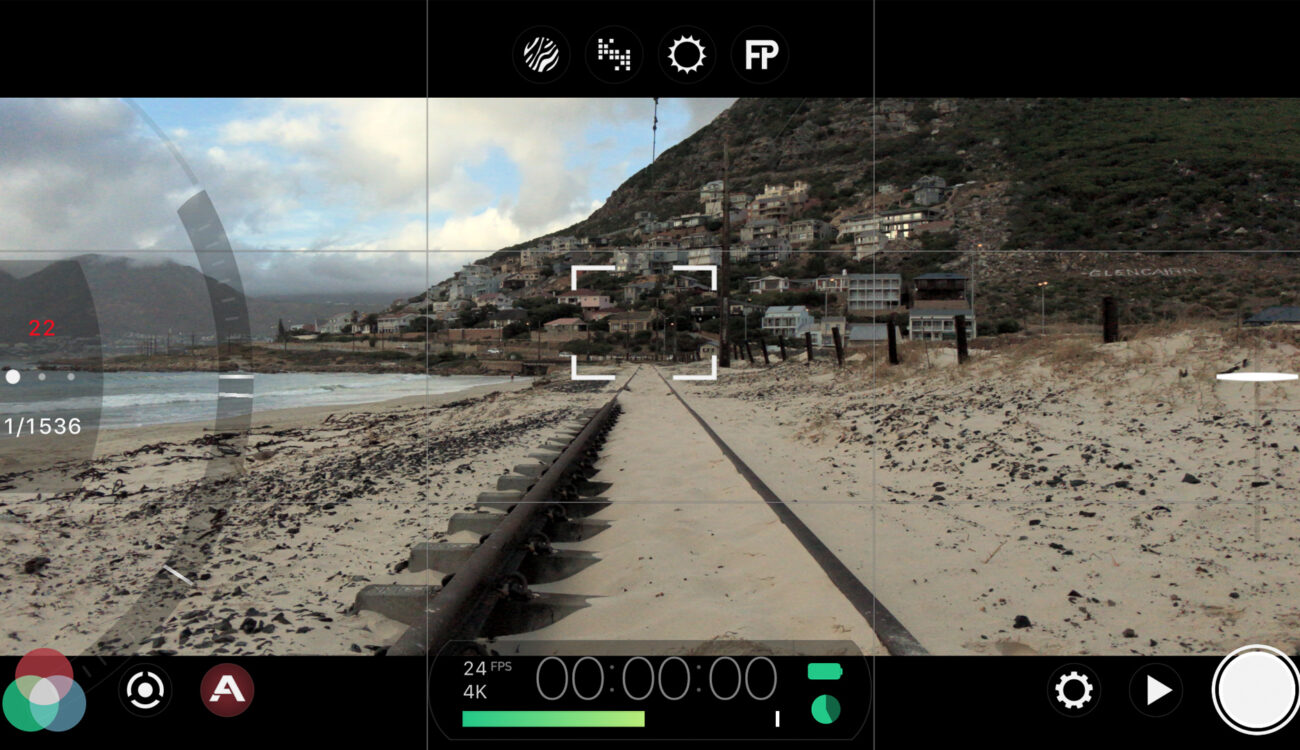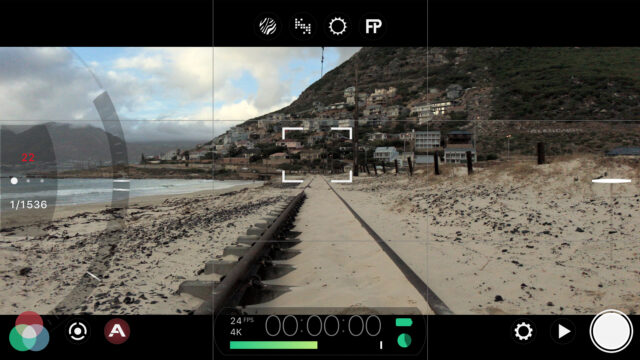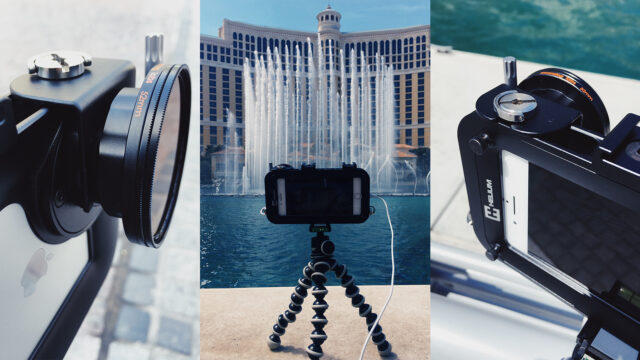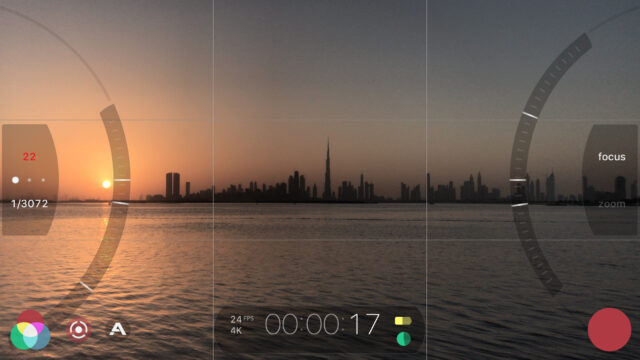
Here are some valuable smartphone video tips that have nothing to do with the phone, settings, or camera app.
As independent filmmakers we are used to making it work with what we have. Many of us are gearheads and are prone to fall for whatever fad or trend makes the rounds. Right now, there is a spotlight on the smartphone as the pocket sized video camera we all have, which, while it may not be the best, is increasingly becoming capable of very decent results. All of the images you see in this article are frame grabs from video I have shot with the FiLMiC Pro app on a iPhone 7 Plus and graded in DaVinci Resolve.
On the flip side, we all like to say how creating beautiful images is not about the camera at all, and when shooting smartphone videos with so many technical limitations, this has never been more true. The camera in your phone is the last thing on the list of what’s actually helping you capture “Wow!” shots on your mobile. It’s all down to your eye.
Know The Limits
When you first pick up your smartphone with the intention of creating a mobile masterpiece, you’ll quickly realise some severe limitations.
- Everything is in focus, pretty much all the time.
- There is often too much light, and with a fixed aperture, this means too high a shutter speed for smooth movement.
- Too much contrast in your scene will either blow your highlights or push everything into shadow.
- Low light is often beyond terrible. You get more noise than picture after the sun goes down.
Why on earth would anyone want to use a camera subject to such limitations?
The answer is simple, because it’s with you (probably in your hand right now) all the time, it takes seconds to set up a shot – even with a pro app like FiLMiC Pro or Mavis – and when the conditions are just right, it can create beautiful results that you can easily take into post and polish up very nicely.
There is some extra gear that can really help. A set of ND filters can take care of controlling your shutter speed in bright, sun lit conditions.
Of course, some of the limits you just can’t do anything about. Trying to shoot in extremely low light situations simply makes no sense. You should decide to avoid those conditions in the first place, but you might be surprised how low you can go and still pull off a usable shot.
Mostly, you need to change how you perceive these limitations in the first place. Embrace them creatively, work with them, not against them, and you’ll be able to capture some amazing looking material in quite a wide range of conditions. It forces you not to be lazy, because you can’t lean on your large sensor crutches anymore. In fact, you might actually learn some things, and practise some things that improves the standard of all your work across all cameras.
Who needs shallow depth of field anyway?
Believe it or not, contrary to popular belief, a shallow depth of field is not a prerequisite for a “cinematic” shot. It’s nice, sure, and one of many tools at our disposal with a large sensor, but it’s far from a deal breaker if you can’t use it.
How you compose and frame your shots can add all the sense of depth you need. Purposeful framing and composition is far more powerful, and for that sensor size doesn’t matter.
Think like a painter
You are a painter of light, so paint with light. You’ll have to work harder for it, but look for interesting angles, texture and contrast. Everything is in focus, so lead your audience’s eye with geometry, leading lines, perspective and areas of shadow and light.
Shoot early morning or late afternoon, sunrises and sunsets, dramatic skies, reflections are always great. What you choose to put in front of the camera, and how you frame is what will make your shots cinematic, not the camera, lens or selective focus.
Don’t be lazy, you have no crutches to lean on
When you don’t have all the tools at your disposal, you need to rely on basic, fundamental photography. This is why shooting with a smartphone can force you to improve your image making skills far more quickly than having lots of toys.
Practise, practise and more practise will not only result in great looking video from your phone, but you’ll start seeing a scene in front of you in a different way when it comes time to pick up the big cameras.
Get it right in camera
When people talk about getting it right in camera when shooting with a DSLR or mirrorless camera, it’s even more true when shooting with a smartphone. You’re limited to a small sensor with relatively low dynamic range, and an 8-bit HEVC or H.264 codec at a maximum of 100Mbps. As far as recording format goes, this isn’t much different to your DSLR or mirrorless, but what the sensor is capable of “seeing” is substantially less.
This means correct exposure and color temperature are critical. There is not much room for correction afterwards. Small corrections are possible, above is FiLMiC Pro’s flat gamma encoded source on the right, and rec709 correction on the left, but if there is a large deviation between what you’re envisioning in post, and what you’re actually shooting, you’ll be disappointed. This is not to say you can’t creatively grade well shot smartphone video, I do it all the time.
Things will only get better
The smartphone as a serious video camera may seem like a fad right now, but the underlying imaging technology is only going to improve. What can’t be ignored is it’s the camera you always have with you, and within seconds you can be capturing a moment that won’t happen again.
The smartphone simplifies filmmaking to a point where very little stands between you as a storyteller, and the story you want to tell. That’s what is so powerful, and I believe, why this niche corner of filmmaking is set to stick around for a long time to come.
We’d love to hear what you think of all this, is it just a fad? or a legitimate creative tool for filmmakers? Let us know in the comments.


































